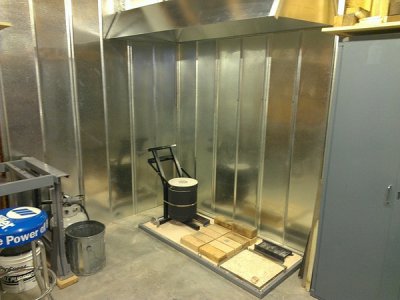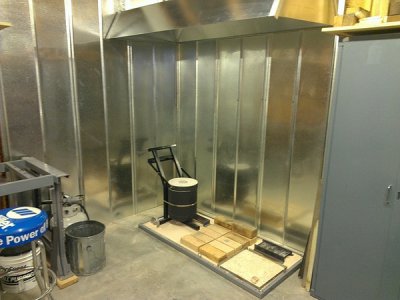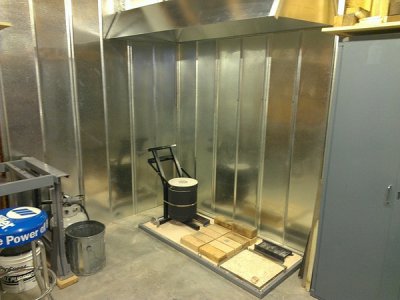O
ome
Forum Guest
Register Today
Hi Guys,
I want to learn to arc weld and forge weld, and want to put some metal panels up on the walls so the sparks wont hit the wood panels of the walls of the shed.
I know welding galv is a no no, but will the sparks burn and cause toxic gas from the galvanised surface?
thanks in advance,
ome
I want to learn to arc weld and forge weld, and want to put some metal panels up on the walls so the sparks wont hit the wood panels of the walls of the shed.
I know welding galv is a no no, but will the sparks burn and cause toxic gas from the galvanised surface?
thanks in advance,
ome




